The ExtremeEarth partners are international leaders in their areas of expertise. They have been selected carefully so that they complement each other, and have the experience and expertise to deal with the entire spectrum of challenges arising in the project.

Professor in the Dept. of Informatics & Telecommunications

Post-doctoral Researcher

Researcher in the Dept. of Informatics & Telecommunications

Researcher in the Dept. of Informatics & Telecommunications
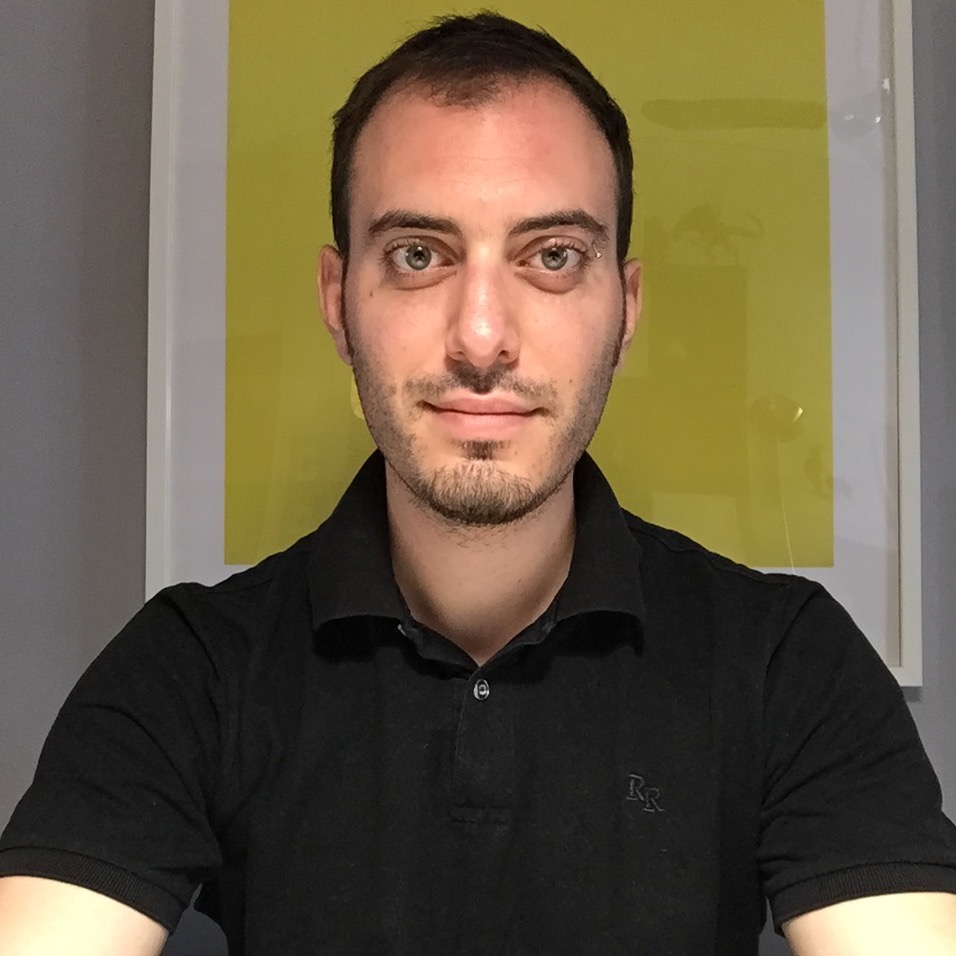
Researcher in the Dept. of Informatics & Telecommunications,

Researcher in the Dept. of Informatics & Telecommunications
The National and Kapodistrian University of Athens was founded in 1837 and it is the oldest university in Greece. The Department of Informatics and Telecommunications5 has been active since 1986 and it is widely recognized as the top Computer Science department in Greece. It has been ranked consistently among top departments in Computer Science by the Academic Ranking of World Universities founded and compiled by the Shanghai Jiaotong University. The department currently has 37 active faculty members covering all areas of Informatics and Telecommunications. The department has a long standing tradition in research and teaching, and it is equipped with a number of contemporary research and teaching laboratories. It offers an excellent environment for undergraduate and postgraduate students (M.Sc. and Ph.D. levels). Many of the department faculty members are world leaders in their individual research areas, and have been awarded distinguished professional society fellowships (ACM, IEEE among them), prizes and awards. Four junior and one senior faculty members have recently been awarded prestigious grants (3 Starting Grants, 1 Consolidator Grant, 1 Advanced Grant and 1 Proof of Concept Grant) by the European Research Council. Many of the department’s alumni have gone on to distinguished careers in industry and academia, in Greece, Europe and elsewhere.
VISTA GmbH as an innovative value adding company in the field of remote sensing has over the last 20 years worked on translating state-of-the-art scientific methods into operational services. Since July 2017, BayWa AG, a large agricultural trading group, holds 51% of VISTA’s shares. VISTA’s fields of services and applications cover hydrology, agriculture and environment. Our vision is to be able to combine optical and radar satellite images of different resolutions as well as additional geospatial information in a scientifically sound, automated way to globally provide services on the local scale. For this, processing chains for the handling of big data have been developed and implemented. Direct interfaces to several satellite data providers as well as cloud computing solutions assure efficiency and speed in handling the necessary data streams. An extensive resource pool, both of knowledge, data and in-house software solutions, has been accumulated. Significant focus is placed on using scientifically proven, model-based approaches for all analysis to guarantee scalability, transferability and minimum necessity for calibration.
VISTA concentrates its activities on two fields: agriculture and hydrology. In agriculture, the focus is on supporting management decisions, both in the fields of high-tech “smart” farming and organic farming. At all times, the sustainability of natural resource usage is a driving factor for VISTA’s work. In hydrology, the focus is also on supporting daily decision making, both in the fields of economic and ecological risk mitigation (e.g. flood forecast) as well as in the management of renewable energy production. Hence, highly sophisticated data processing of optical and radar satellite data, development of specific in-situ systems and information extraction using dedicated algorithms, radiative transfer models and assimilation of the derived information into process models (e.g. water balance or crop growth models) are VISTA’s special know-how. VISTA is Prime for ESA’s Food Security Thematic Exploitation Platform. Through collaborations in international science and technology projects, dedicated partnerships, and close customer relations, VISTA ensures that it can offer the best possible solution for requested information to users and customers which span from individual farmers to multi-national corporations and research institutes.

CEO
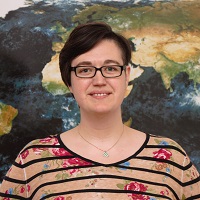
Senior Scientist, Head of Research & Development

Senior Scientist, Head of Hydrological Applications
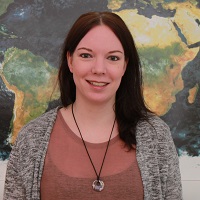
Project Scientist

Project Scientist

Professor at the Department of Physics and Technology, Director of CIRFA

Head Engineer at the CIRFA Centre for Research-based Innovation

Associate professor, Department of Physics and Technology

Associate professor, Department of Physics and Technology
The Arctic University of Norway (UiT) was founded in 1968, and is the northernmost university in the world. Its name and location motivate a strong focus on Arctic research, and UiT has a high ranking in this research domain, internationally. The Dept. of Physics and Technology has research groups in Space Physics, Electrical Engineering, Earth Observation, Energy and Climate, and Machine Learning. The Dept. of Physics and Technology is host of CIRFA (Centre for Integrated Remote Sensing for Arctic Operations), a centre for research-based innovation, funded by the Research Council of Norway together with 6 research partners and 12 industry partners20. CIRFA conducts research on Arctic related remote sensing, with a strong emphasis on analysis of synthetic aperture radar (SAR) images and development of analysis tools based on radar polarimetry, advanced signal processing, statistics, pattern recognition and machine learning.
The Department of Information Engineering and Computer Science (DISI) of the University of Trento represents an aggregation of top researchers and institutions. It has 53 faculty members, 129 research and technical staff members and 207 PhD students. The remote sensing and data processing expertise at DISI is related to the Remote Sensing Laboratory (RSLab) led by prof. Lorenzo Bruzzone. The RSLab has a long experience in the development of automatic and semi-automatic methods and algorithms for information extraction from remote sensing images acquired by both passive (multispectral, hyperspectral) and active (SAR for imaging, sounder, LiDAR) systems. With respect to the specific topics of this ITN RSLab has a solid background and a huge experience in the definition, development, and implementation of automatic techniques for the analysis of multitemporal images acquired by passive and active remote sensing sensors. In this framework the members of the laboratory developed many advanced techniques that are the state-of-the-art for the automatic analysis of image time series, classification in multispectral, hyperspectral and SAR images and content based remote sensing image retrieval. The RSLab21 visibility at national/international level is documented by the high number of international awards and honors received by its members in the field of remote sensing and signal processing (including a recent ERC grant), by the high number of publications in the most prestigious international journals, and by the high number of citations received.

Full Professor in the Dept. of Information Engineering and Computer Science

Research Fellow in the Dept. of Information Engineering and Computer Science
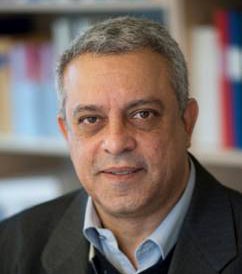
Professor
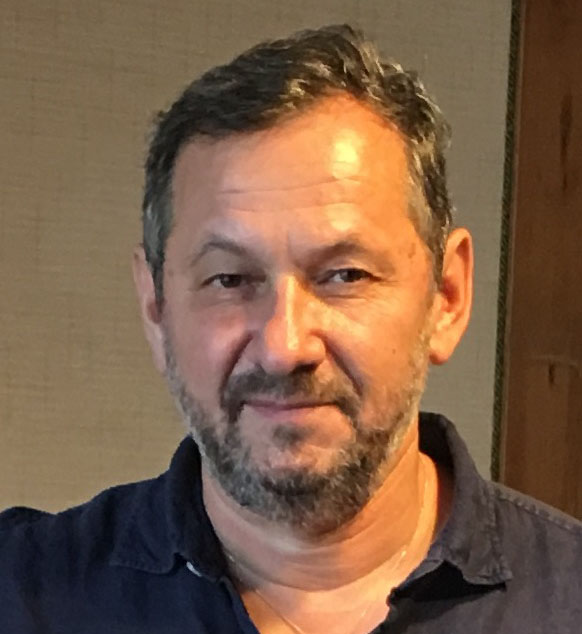
Professor

Assistant Professor

Researcher
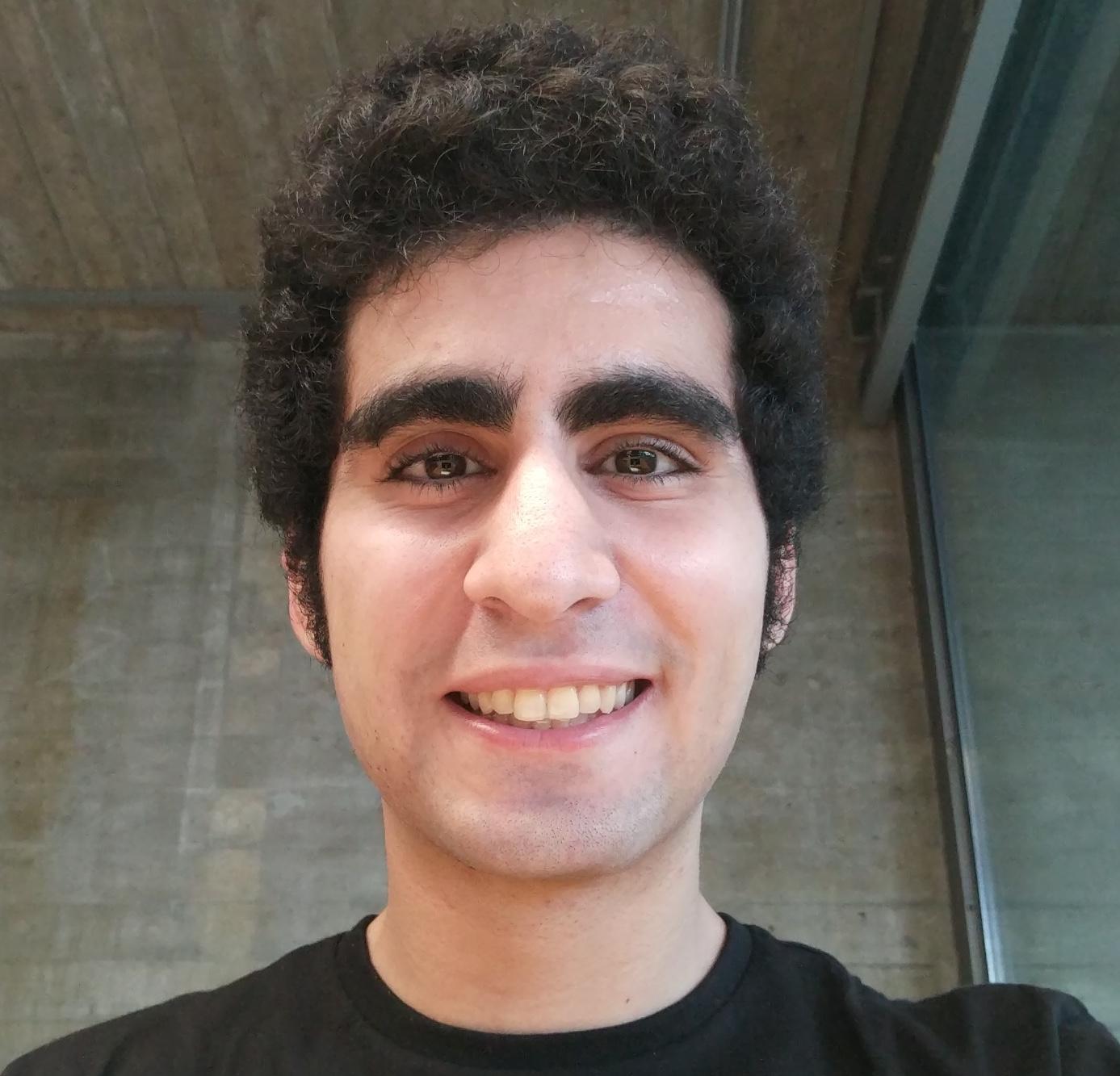
Researcher

Researcher
KTH is responsible for one third of Sweden's capacity for technical research and is the country's largest organizer of technical/engineering education at university level. KTH education and research covers a broad spectrum from natural sciences to all branches of engineering plus architecture, industrial economics, urban planning, work science and environmental technology. Research at KTH is organized in five Research Platforms, designed to break down traditional barriers between academic disciplines to deliver practical results that can help solve overarching global challenges. The Research Platforms encompass: Energy, ICT, Materials, Transport and Life Science Technology. KTH will participate in the project through the department of Software and Computer Systems (SCS) at the School of Electrical Engineering and Computer Science (EECS). The departmentis located in the Electrum building at Kista Science City (KSC), the "Silicon Valley" of Stockholm. The ICT cluster is the largest in Europe and among the top five worldwide. At present SCS has 43 employees of which 11 senior researchers and 22 PhD students. The research at SCS is directed towards fundamental aspects of software and computer systems with a focus on parallel computing, cloud computing, service computing, social networks, time aware systems, data science, and applied AI. The department has participated or coordinated many European projects over the years such as INTONE (FP5), SELFMAN (FP6), Grid4All (FP6), Encore (FP7), PaPP (ARTEMIS), BioBankCloud (FP7); and several others. KTH brings to the project its competence and expertise in Big Data analytics (original developers of Europe’s only Hadoop distribution), Apache Flink co-developers, and cloud computing.
The National Centre for Scientific Research “Demokritos” is the largest self-governing research organization under the supervision of the General Secretariat for Research and Technology of the Greek Government. NCSR “Demokritos” conducts world-class basic and applied research, for advancing scientific knowledge and for promoting technological development in selected areas of national socio-economic interest. The Center also plays a pivotal role in graduate education and professional training and its unique infrastructure is employed for high- technology services to industry and society. Research activities are currently coordinated by five Research Institutes.
In ExtremeEarth, NCSR “Demokritos” participates with the Software and Knowledge Engineering Lab of its Institute of Informatics and Telecommunications34. The target of the Institute’s current research plan is to tackle the challenges that arise due to the massive volume of multimedia information, the need for ubiquitous and transparent network access anywhere and anytime, and the demand for personalized services through intelligent information processing. For the achievement of these goals, the Institute participates actively in national, European and international research and technology projects in cooperation with industry, universities and other research organizations. The institute is involved in the education and training of new research personnel, through national and international programs, by providing scholarships and organizing seminars, workshops and conferences.
NCSR-D participates in ExtremeEarth through the Software and Knowledge Engineering Lab (SKEL) of the Institute of Informatics and Telecommunications SKEL has participated in and coordinated numerous national and European projects and has very substantial expertise in the areas of content analysis, big data management, personalization, human-machine interaction. SKEL has active participation and has established strong collaborations in numerous projects and actions pertaining to domains inherently related to almost all the Societal Challenges of H2020.

Director of Research

Research Associate

Research Associate

Research Associate

Research Assistant

Researcher

Researcher

Researcher
The German Aerospace Center (DLR38) is the national aeronautics and space research centre of the Federal Republic of Germany. Its extensive research and development work in aeronautics, space, energy, transport and security is integrated into national and international cooperative ventures. In addition to its own research, as Germany’s space agency, DLR has been given responsibility by the federal government for the planning and implementation of the German space programme. DLR is also the umbrella organisation for the nation’s largest project management agency. DLR has approximately 8000 employees at 20 locations in Germany.
DLR’s mission comprises the exploration of Earth and the Solar System and research for protecting the environment. This includes the development of environment-friendly technologies for energy supply and future mobility, as well as for communications and security. DLR’s research portfolio ranges from fundamental research to the development of products for tomorrow. In this way, DLR contributes the scientific and technical expertise that it has acquired to the enhancement of Germany as a location for industry and technology. DLR operates major research facilities for its own projects and as a service for clients and partners. It also fosters the development of the next generation of researchers, provides expert advisory services to government and is a driving force in the regions where its facilities are located. DLR site at Oberpfaffenhofen is home to eight scientific institutes and currently employs approximately 1700 people. The research centre's main fields of activity include participating in space missions, climate research, research and development in the field of Earth observation, developing navigation systems and advanced robotics development.
The Remote Sensing Technology Institute (IMF) is an institute of DLR mainly located at Oberpfaffenhofen (near Munich) and is employing nearly 110 staff members. IMF and the German Remote Sensing Data Center (DFD) together comprise the Earth Observation Center EOC – a centre of competence for Earth observation in Germany. Research and development activities at IMF are dedicated to remote sensing technology. Algorithms and methods are developed to configure processors that extract relevant geo-information from remote sensing data. Operational processors are the prerequisite for optimal utilization of modern sensor systems for advanced scientific purposes and numerous applications.
Polar View Earth Observation Limited (PolarView) is a global organization providing integrated monitoring and forecasting services using satellite Earth observation data in the Polar Regions and mid-latitude regions with significant snow and ice cover. PolarView products monitor environmental conditions such as sea ice cover, glacier runoff, snow cover, snow melt, icebergs, river ice, and lake ice. Covering Europe, Russia, Canada, the North Atlantic, and the Antarctic, PolarView's monitoring and analysis services offer benefits in three main areas: environmental stewardship, security and risk mitigation, and sustainable economic development.
The PVEO team includes government agencies, research institutes, system developers, service providers, and end users from 17 countries. PolarView is a private company limited by guarantee, registered in England and Wales.

Managing Director

Director of Business Development

Leader of the Norwegian Ice Service

Researcher in the Norwegian Ice Service

Head of Division for Remote Sensing and Data Management
The Norwegian Meteorological Institute (MET Norway) is the national public meteorological service in Norway. The institute provides information to public authorities, businesses and the general public to secure life and property and in support of economic activity, societal planning, and environmental protection. This includes operational monitoring and forecasting for large North Atlantic and Arctic areas. MET Norway represents Norway in international meteorological organizations such as ECMWF, EUMETSAT, EUMETNET, WMO, and other international forums. MET Norway also participates in national and international research projects funded by EU and other bodies on climate, atmospheric and marine research including the application of remote sensing techniques and air pollution research. MET Norway employs about 400 persons, in addition to about 600 observers, including staff at Arctic stations.
MET Norway operates an extensive operational meteorological observation network that covers parts of the Arctic, including manned stations on the islands Jan Mayen, Bjørnøya and Hopen, as well as a network on the Svalbard archipelago. MET Norway has access to national supercomputer facilities for doing research and running predictive models, and also cooperates with the Swedish national meteorological service on running joint operational models on Swedish supercomputer resources. MET Norway supports and implements a free and open data policy. Official data and products from the institute are regarded as public sector information and are freely available to the public for use, distribution, and processing. Channels for public distribution of weather forecasts include the website and the mobile application yr.no (with 5-10 million unique users weekly – the largest weather website in the world outside the US) as well as various lower level download services. MET Norway is connected to WMO data exchange, both through WMO Information System and through the Global Telecommunication System. Data management is based on a metadata driven approach where datasets are documented including the interfaces for accessing them. In addition to close linkages to national High Performance Computing and Storage systems, MET Norway has also local HPC and HPS systems that scales for future needs.
MET Norway runs the Norwegian Ice Service, which is part of MET Norway’s Forecasting Division for Northern Norway in Tromsø. The Ice Service provides daily (working day, Monday-Friday) ice charts for the European sector of the Arctic, with an emphasis on Spitsbergen (Svalbard) which is covered in detail using different synthetic aperture radar satellites including the Copernicus Sentinel-1 SAR. The analysts study the current conditions primarily from satellite data and provide ice charts, ice-edge information, and an overview of sea surface temperatures. Together with DMI, METNO runs the High-Latitude node of the EUMETSAT Ocean and Sea Ice Satellite Application Facility (OSI SAF). The OSI SAF delivers 24/7 sea ice, surface temperature, and wind satellite-based products used globally by weather, ocean, and sea ice forecasting centers. In addition to the 24/7 production, the OSI SAF designs, produces, and updates Climate Data Records of Essential Climate Variables, that feed among others the Copernicus Marine Environment Monitoring Service (CMEMS) and the Copernicus Climate Change Service (C3S). METNO leads a consortium of 11 European partners to deliver Sea Ice Satellite-based observations to CMEMS, in the Sea Ice Thematic Assembly Center (SI TAC). METNO is also partner in the CMEMS Arctic Marine Forecasting Center where METNO is responsible for running the 24/7 forecast models. METNO runs the Norwegian node of the Copernicus Ground Segment, under contract for the Norwegian Space Center. The colhub.met.no mirror node serves and archives Sentinel data to the Norwegian users, including coverage of the European sector of the Arctic.
Logical Clocks AB is headquartered in Stockholm, Sweden, formed from members of the Distributed Computing Group at KTH – Royal Institute of Technology and RISE SICS AB. The CEO is Assoc Prof Jim Dowling (ex MySQL AB) and the Chief Scientist is Prof Seif Haridi (Hive Streaming AB co-founder). We are bringing hyperscale Data Science to the Enterprise through the familiar lens of a Jupyter/TensorFlow/Conda environment, but with a backend data platform that includes the world’s most scalable filesystem, scale-out compute and GPUs, and streaming analytics, all based on the Hopsworks platform. Logical Clocks AB have been awarded for both their research (IEEE CCGrid Scale Challenge winners for 2017 with HopFS), and their scale-out AI platform (PAPIs.io startup challenge winner).

CEO
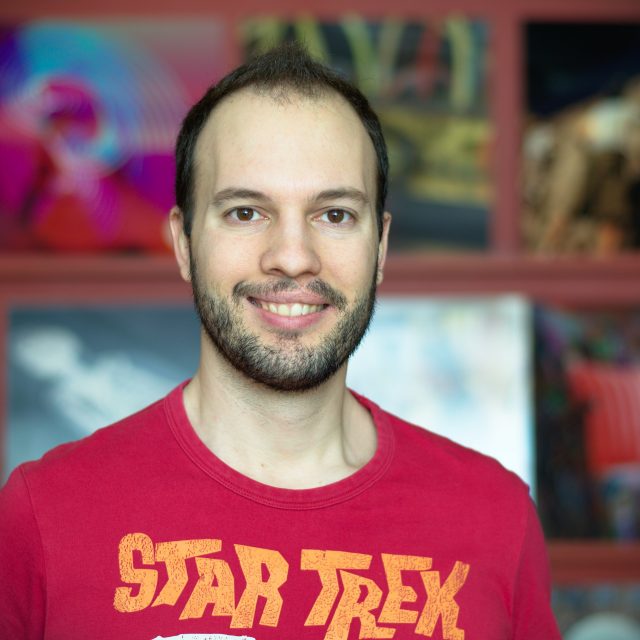
COO

Remote Sensing Manager

Geospatial Architect
The British Antarctic Survey (UKRI-BAS, www.bas.ac.uk) is a component of the Natural Environment Research Council (NERC), part of United Kingdom Research and Innovation (UKRI). UKRI-BAS has, for over 60 years, undertaken the majority of Britain's scientific research in and around the Antarctic and Arctic regions, building a world-leading reputation as a centre of excellence in polar science and as an operator of large-scale polar research infrastructure. Its world-class scientific research). The scientific staff comprises over 130 scientists, from 16 countries, who form eight multi-disciplinary science teams, and more than 80 doctoral students, who are registered with 25 UK universities. The geomatics group consists of 9 staff who develop new geospatial and remote sensing technologies, including service architecture and cloud computing solutions. The group has a long-standing commitment to providing operational sea ice information services to maritime and research users in the polar oceans. The group also leads on development of the ESA Polar Thematic Exploitation Platform which is designed to provide wide access to Earth observation data and accessible processing resources. UKRI-BAS is part of the Polar View network, the Copernicus Marine Environment Monitoring Service and also contributes to the International Ice Charting Working Group.